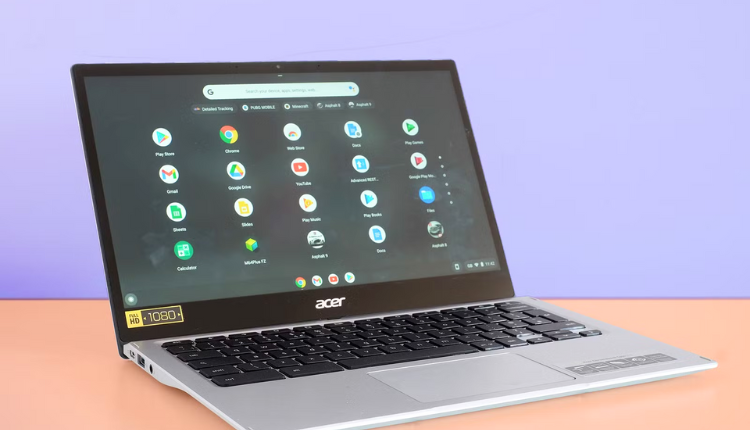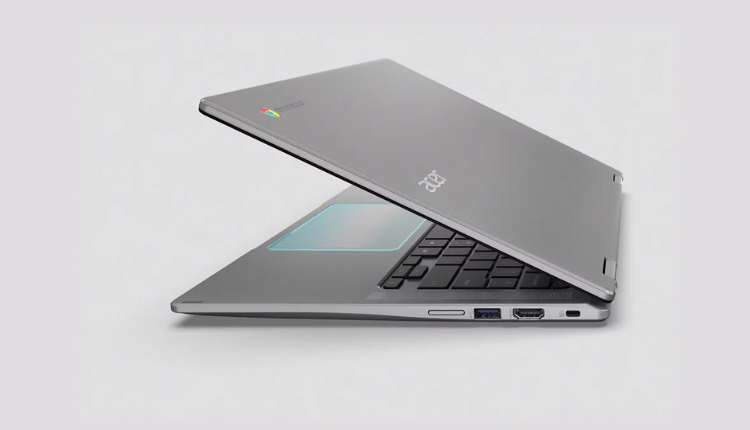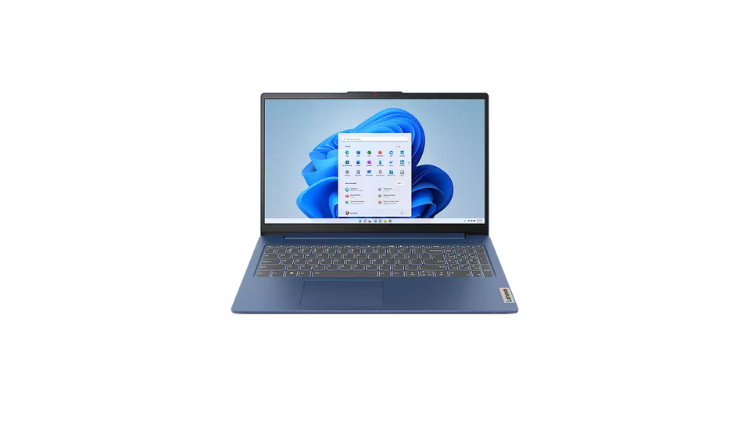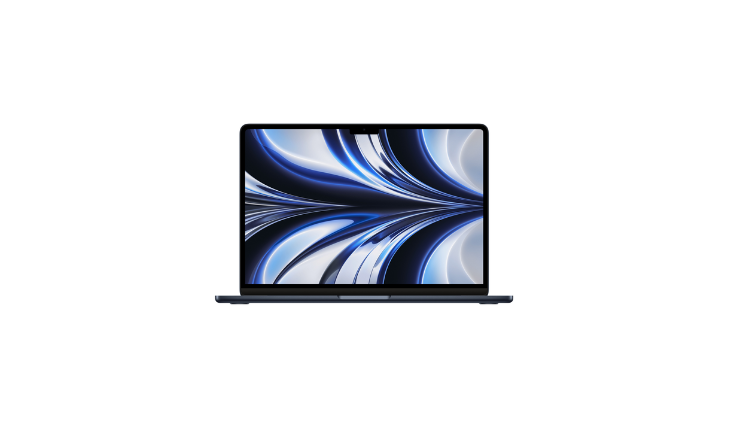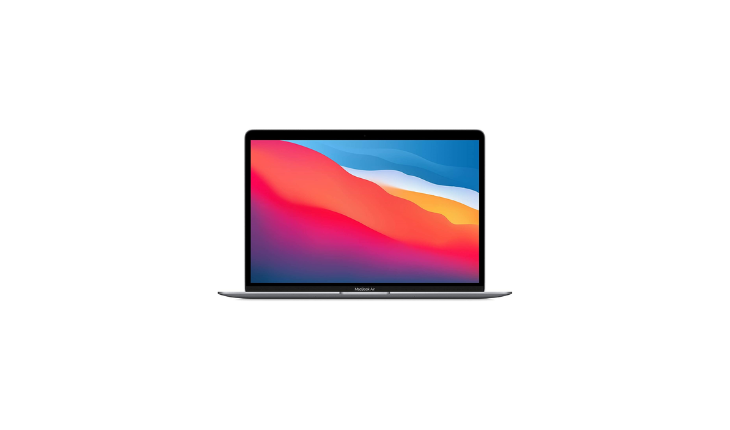If you’re on a budget, the Lenovo IdeaPad Flex 3 Chromebook is a great choice. It has a simple design, but it works well, has good battery life, and is built to last. This makes it one of the best laptops for kids who need a reliable and affordable device. It also has a 2-in-1 feature, giving it more uses. Our team has tested many laptops for kids and made a list of the best ones to help you choose the right device for their needs and to keep them interested.
What is a good first laptop for kids?
Should I get a Chromebook for my kid?
When considering a laptop for your child, one option that often comes up is a Chromebook. These lightweight, budget-friendly devices are designed for simplicity and ease of use, making them an attractive choice for younger users. With a streamlined operating system focused on cloud-based apps and services, Chromebooks offer an ideal solution for kids who primarily need access to the internet for learning, browsing, and streaming. Their fast boot-up times, long battery life, and straightforward interface can provide a seamless experience for children without the distractions or complexities of more advanced operating systems.
However, before deciding if a Chromebook is the right fit for your child, it’s important to consider the specific needs and tasks they’ll be using the device for. While Chromebooks excel at web-based applications and basic tasks, they may not support certain programs or games that require more powerful software or offline capabilities. In this guide, we’ll explore the pros and cons of Chromebooks, helping you make an informed decision based on your child’s needs, educational requirements, and digital habits. Best Backpack Laptop Bag
Which Operating System Is Best in a Kid PC?
When selecting a PC for a child, one of the most important decisions is choosing the right operating system (OS) to ensure the device is both user-friendly and supportive of their needs. The operating system plays a pivotal role in how your child will interact with their device, as it influences the overall interface, app compatibility, and security features. Whether you opt for Windows, macOS, or Chrome OS, each system offers its own set of advantages that cater to different age groups and usage requirements. A carefully chosen OS can help balance performance with ease of use, creating a positive experience for young users as they navigate their digital tasks.
Ultimately, the best operating system for a kid’s PC depends on a few key factors, such as the child’s age, their educational needs, and how they intend to use the computer. Windows, for instance, offers versatility and supports a wide range of applications, while macOS is renowned for its sleek design and security features. Chrome OS, on the other hand, is simple and cloud-focused, making it an excellent choice for lighter, web-based tasks. In this guide, we’ll break down the strengths and weaknesses of each operating system, helping you make an informed choice that aligns with both your child’s requirements and your peace of mind. The Best Laptops for Kids in 2025-26

